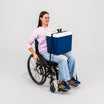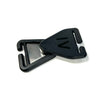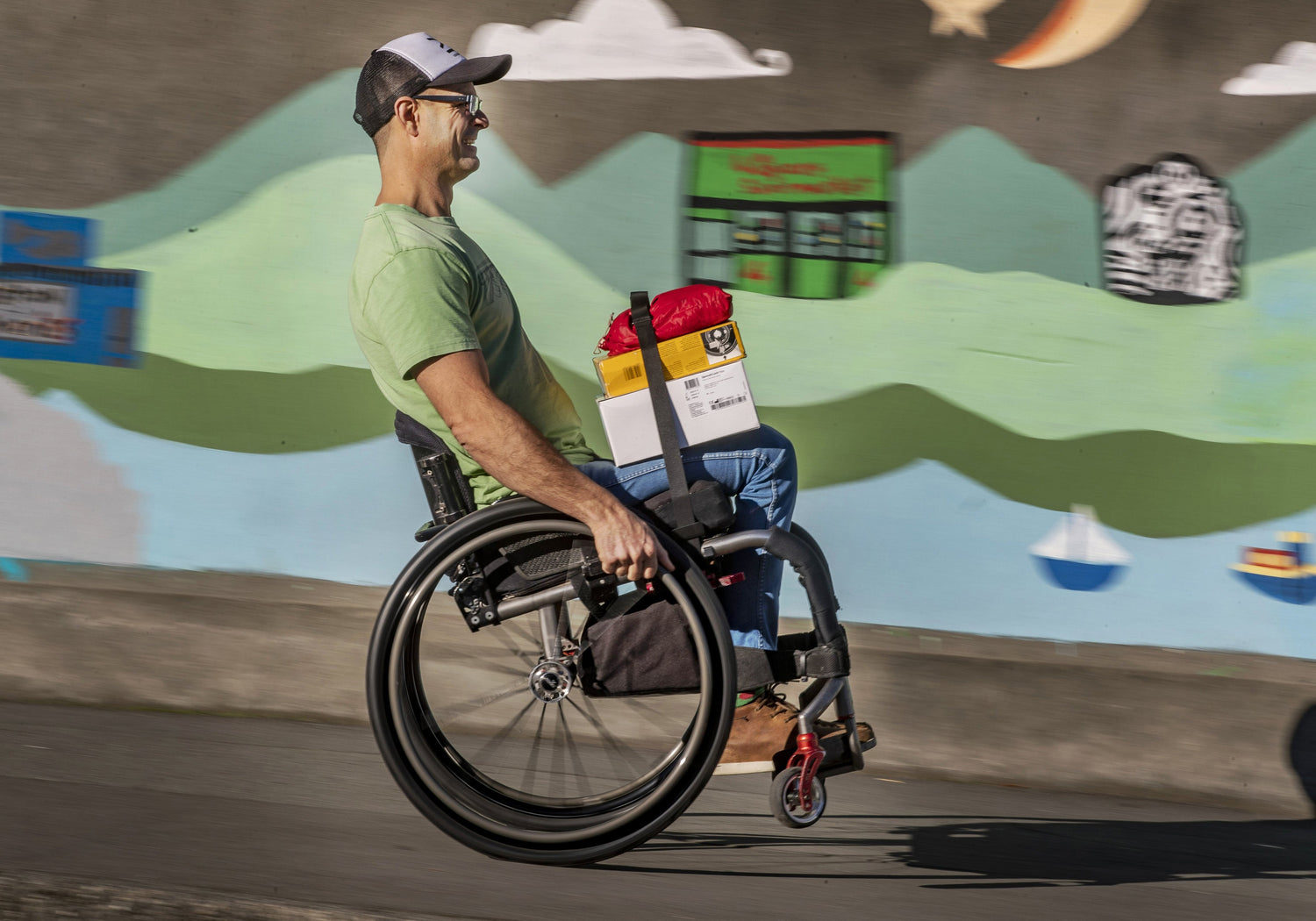Mastering a wheelie as a wheelchair user is perhaps the most important skill you can learn. It has numerous practical, empowering, and freeing benefits. From boosting safety to challenging societal perceptions, here are three compelling reasons to incorporate wheelies into your daily skill set.
1. They prevent you from forward tipping out on hills.
One of the most critical benefits of performing a wheelie is its role in preventing forward tipping while going downhill. By shifting your center of gravity backward, a wheelie ensures that the front wheels are off the ground, reducing the risk of tipping forward. This technique is particularly useful on steep inclines, where the momentum can easily throw off your balance. Practicing wheelies can give you the confidence and control needed to navigate hilly terrain safely and efficiently.
2. They help you balance items on your lap.
Wheelies are not just for show—they can also be highly practical. When you lift the front wheels of your chair, you create a stable, level platform that makes it easier to balance items on your lap. This can be especially handy when carrying groceries, books, or any other items. For added security and convenience, consider using a LapStacker.
3. They shift perceptions and build confidence.
Performing a wheelie has a certain rebellious flair that can turn heads and shift perceptions about wheelchair users. People often stare, intrigued by the skill and balance required to execute this maneuver. By confidently performing wheelies, you challenge stereotypes and showcase the capabilities of wheelchair users. This can be a powerful way to advocate for greater accessibility and inclusion, demonstrating that wheelchair users are not limited by their mobility devices but are instead empowered by them. The act of mastering and performing a wheelie can also boost your own confidence, reinforcing your independence and skill.
Tips for practicing and mastering a wheelie.
1. Start in a controlled environment. Begin practicing in a safe, flat, open space with soft surfaces like grass or carpet to minimize the risk of injury if you fall.
2. Find your balance point. Sit comfortably in your wheelchair and gently push the rear wheels forward while pulling your body back to lift the front wheels. Finding the right balance point is crucial.
3. Use your hands for balance. Use small movements with your hands on the wheels to maintain balance. Practice controlling the front wheels' height and position by adjusting the pressure on the rear wheels.
4. Practice with a spotter. Having someone nearby to support you can be very helpful, especially in the beginning. They can help you find your balance point and catch you if you start to tip.
5. Gradually increase difficulty. Once you feel comfortable, try practicing on different surfaces and inclines. Gradually introduce small obstacles to improve your control and confidence.
6. Stay patient and consistent. Mastering a wheelie takes time and practice. Be patient with yourself and practice consistently to build your skills and confidence.
Ultimately, this is about freedom.
Incorporating wheelies into your repertoire of wheelchair skills offers numerous benefits. From enhancing safety on hills and improving your ability to carry items, to challenging societal perceptions and boosting your confidence, mastering a wheelie is an invaluable asset for any wheelchair user.










Leave a comment
All comments are moderated before being published.
This site is protected by hCaptcha and the hCaptcha Privacy Policy and Terms of Service apply.